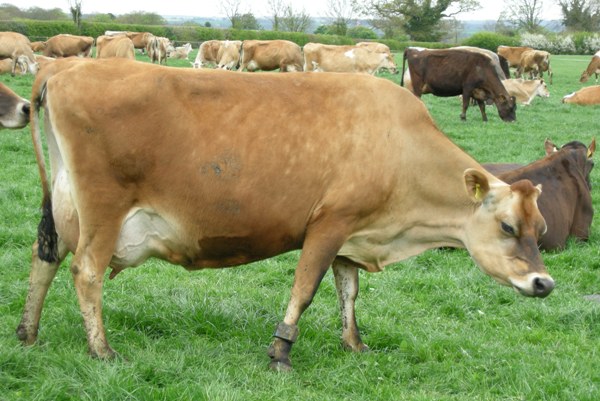
Kigali: Rwanda is hosting the World Jersey Cattle Bureau meeting and tour, an annual meeting that started in 1949 and rotates among Jersey breeding countries. World Jersey Cattle Bureau (WJCB), annual meeting and tour starts on Monday, 17th to 21st June 2019 in Rwanda.
The WJCB will bring together 120 participants including around 30 leading International Jersey breeders, 30 Scientists and regional delegates and around 60 Rwandese Jersey Farmers, dairy stakeholders as well as technicians in the dairy subsector.
Dairy industry in Rwanda is a key driver of the agriculture GDP and source of income for hundreds thousands of people. It also helps in improving livelihoods of many Rwandans.
The cattle population in Rwanda is estimated at 1.3 millions, of which 41% are local breeds, 16% pure exotic breeds and 43% crossbreds. The Jersey cattle genetics is significant to Rwanda cattle population as a result of the crossbreeding of local cattle with Jersey cattle semen. Each year, around 100,000 cows are inseminated with Friesian and Jersey semen (60% and 40%, respectively).
The Jersey cattle are relatively a small breed which is raised primarily for milk production, and are popular and famous for high milk production with high butterfat (important in cheese and ghee making) of their milk.
Jersey cattle adapt well to various climates and production systems compared to other high producing exotic cattle. It can be the best cow for smallholder farmers in Rwanda because, Jersey cows eat less feeds compared to quantity of milk they produce; use forage well and adapt to hot environment.
As of June 2018, the total milk produced in Rwanda was at 816,791 MT, out of which, 36% comes from pure breed cattle, 56% from crossbreeds and 8% from indigenous cows. At individual cow, average milk production under good management ranges from 15 – 20lts per jersey cow per day. Generally, Jersey cows produce 81% of Friesian milk volume wise.
However, in low inputs system like smallholder farmers in Rwanda, production changes and Jersey can be more beneficial. Most importantly, Jersey cows can be kept across all districts in Rwanda under both intensive and extensive systems of production.
Main objectives of the conference are to create a forum for Jersey Cattle Breeders from all over the World, encourage promotion of the Jersey breed, discuss improved methods of breeding, feeding and management of the Jersey breed, discuss research findings, innovations and best practices, the value of the Jersey milk compared to that of other breeds, build partnerships and share experiences on how best to harness the enormous potential exhibited by the jersey cow.
The conference is organized by the Ministry of Agriculture and Animal Resources (MINAGRI), World Jersey Cattle Bureau (WJCB), Jersey Overseas Aid (JOA), Royal Jersey Agriculture and Horticulture Society (RJAHS), Rwanda Agriculture and Animal Resources Development Board (RAB), and Send A Cow Rwanda (SACR). Last year, WJCB took place in the USA; it is planned that it will take place in Canada in 2020. (End)
